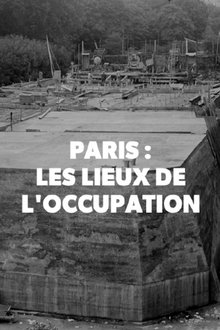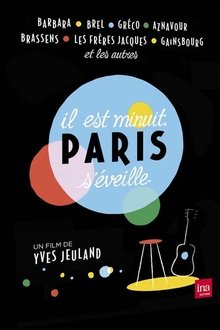107.9 The End was an innovative radio station in the Alt-Rock days of the 90s in Cleveland, Ohio. After the telecommunications act of 1996 however, the station found it self in the hands of different owners. This film tells the story of the station through the people that lived it, the disc jockeys and staff.
Related Movies
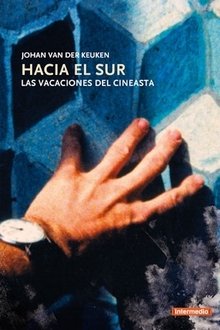
The Way South (1981)
Johan van der Keuken went against the grain in 1980: from Amsterdam (on April 30 with the coronation riots and squatting actions) via Paris, southern France and Italy to Egypt. He made his personal travelogue in three parts for VPRO television. Later, he fused the three parts into one long movie.
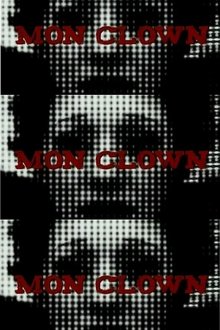
Mon Clown (2008)
Documentary from French TV channel Canal+ about Marion Cotillard's road to the Oscar for her performance as French singer Édith Piaf in the 2007 film 'La Vie en Rose', also featuring behind-the-scenes footage from the film.

This American Life: Live at BAM (2014)
It’s This American Life’s wildest, most ambitious live show ever! Nearly 50 actors, singers, dancers, musicians and comedians joined Ira Glass onstage at the Brooklyn Academy of Music's Opera House on June 7th, 2014 to try some things they'd never tried before. The result? Journalism turned into opera, into plays, into a Broadway musical. Comedy from Mike Birbiglia, and SNL’s Sasheer Zamata. Songs from Stephin Merritt of the Magnetic Fields. Dance from Monica Bill Barnes & Company.
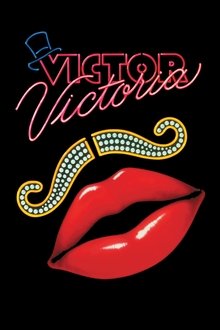
Victor/Victoria (1982)
A struggling female soprano finds work playing a male female impersonator, but it complicates her personal life.

Apolonia, Apolonia (2023)
When Danish filmmaker Lea Glob first portrayed Apolonia Sokol in 2009, she appeared to be leading a storybook life. The talented Apolonia was born in an underground theater in Paris and grew up in an artists’ community—the ultimate bohemian existence. In her 20s, she studied at the Beaux-Arts de Paris, one of the most prestigious art academies in Europe. Over the years, Lea Glob kept returning to film the charismatic Apolonia and a special bond developed between the two young women.
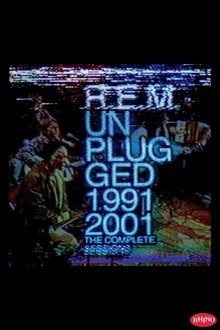
R.E.M. Unplugged: The Complete 1991 and 2001 Sessions (2014)
This release is composed of two performances that the band made on the U.S. television show MTV Unplugged. Among the album's 33 tracks are 11 performances which were not aired on either broadcast.
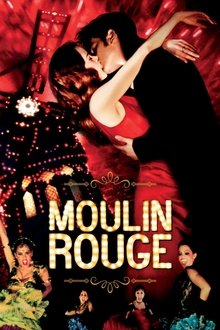
Moulin Rouge! (2001)
A celebration of love and creative inspiration takes place in the infamous, gaudy and glamorous Parisian nightclub, at the cusp of the 20th century. A young poet, who is plunged into the heady world of Moulin Rouge, begins a passionate affair with the club's most notorious and beautiful star.

Rose Palace (2004)
The story of Le Palace, the famous parisian night club in the late seventies. The documentary is a conversation between ex-clients, founders and workers of the place. Owned by Fabrice Emaer, this nightclub became in 1978 the center of the french social life.
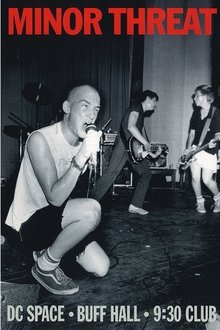
Minor Threat - Live: DC Space-Buff Hall-930 Club (2003)
Minor Threat played one of its last shows at Washington DC's 930 Club in June of 1983; they would only play once more in DC. Two years later, the tapes from the 930 show were edited together and Dischord Records released them as the Minor Threat Live VHS video in 1986. Along with the 40 minute 930 performance, the DVD includes a 1982 Minor Threat show in Camden, NJ, a clip of Minor Threat's 2nd ever show at DC Space in December 1980, and excerpts from a 1983 interview with vocalist, Ian MacKaye.
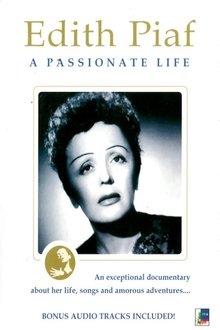
Edith Piaf: A Passionate Life (2004)
This documentary about legendary French chanteuse Edith Piaf begins at her birth (which was helped along by a cop), travels through her turbulent romantic history, follows her to the pinnacle of her success and reports on her death. Piaf was queen of the torch song, her plaintive wail speaking volumes of the tragedy and joy she'd faced. Hers wasn't exactly, in the words of one of her famous songs, "La Vie En Rose," but it was quite a life.
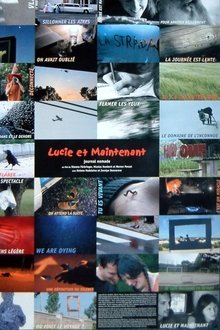
Lucie et Maintenant (2007)
In May of 1982 Julio Cortázar, the Argentinean writer and his companion in life, Carol Dunlop set out in their VW bus on a journey along the highway from Paris to Marseille that, for each of them, was to be their final one. Twenty-five years later, Océane Madelaine and Jocelyn Bonnerave set out to undertake the journey again.
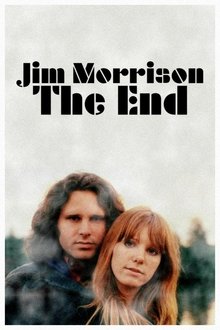
Jim Morrison: The End (2021)
Paris, Rue Beautreillis, July 3, 1971. The corpse of rock star Jim Morrison is found in a bathtub, in the apartment of his girlfriend Pamela Courson. The chronicle of the last months of the life of the poet, singer and charismatic leader of the American band The Doors, one of the most influential in the history of rock.
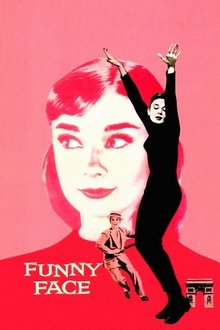
Funny Face (1957)
A shy Greenwich Village book clerk is discovered by a fashion photographer and whisked off to Paris where she becomes a reluctant model.
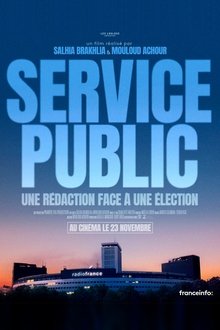
Service public (2022)
Salhia Brakhlia has filmed the set and behind the scenes of Franceinfo's breakfast show during a year. How to inform at the time of social media and fake news ? How careful are journalist with those news ? How do they connect to politicians during an presidential election campaign ? This unique immersion gives us a part of the answer.

Shutter: Abandon Your Mind (2019)
A documentary that follows the band through the making of their latest studio album.

France 1939: One Last Summer (2019)
Gustave Folcher, a French farmer, wrote in his 1939 diary that the summer had been long and hot. He was not alone. Many other anonymous French men and women wrote of the beauty and warmth of those summer months and how threats of war were far from their minds. Through home movies, diaries and letters, One Last Summer describes the final weeks of peace in France and the mix of blindness, denial and prophetic clear-sightedness of those facing the war that was about to unfold.
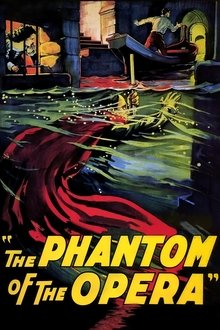
The Phantom of the Opera (1925)
The deformed Phantom who haunts the Paris Opera House causes murder and mayhem in an attempt to make the woman he loves a star.
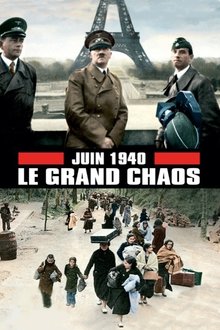
June 1940, the Great Chaos (2010)
From May 10, 1940, France is living one of the worst tragedies of it history. In a few weeks, the country folds, and then collapsed in facing the attack of the Nazi Germany. On June 1940, each day is a tragedy. For the first time, thanks to historic revelations, and to numerous never seen before images and documents and reenacted situations of the time, this film recounts the incredible stories of those men and women trapped in the torment of this great chaos.
